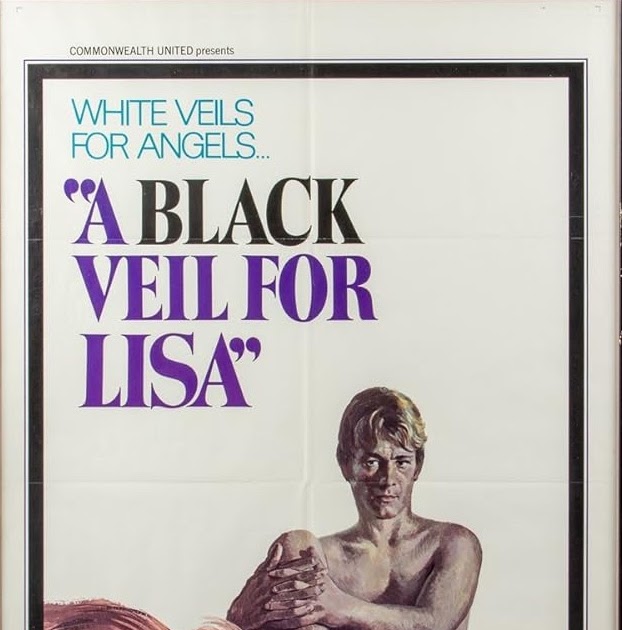A Black Veil for Lisa is a 1968 Italian-German co-production directed by Massimo Dallamano and Dallamano’s name in the credits was more than sufficient to make me want to see this one.
I had assumed that it was going to be a giallo or a proto-giallo but despite the presence of a black-gloved killer assigning this movie to a particular genre is rather tricky.
The setting is Hamburg.
John Mills plays Inspector Franz Bulov (different sources offer different spellings of his surname) is a senior Interpol narcotics investigator. He’s working on a very big case involving a major drug racket but key witnesses keep getting murdered. The drug gang is always one step ahead of him.
It has of course occurred to Bulov that information is being leaked to the drug gang but it seems unlikely. There just doesn’t seem to be any way it could be happening.
He has other things to worry about, such as his marriage. His wife Lisa (Luciana Paluzzi) is much younger, glamorous and has an interesting past. Maybe she’s playing around behind Bulov’s back or maybe he’s just insanely jealous and possessive, and (being a cop) overly suspicious.
Yet another possible informant is murdered. This time the killer leaves behind a clue. It’s very little to go on, but Bulov believes it just might be enough.
The audience already knows the identity of the black-gloved killer. It is Max Lindt (Robert Hoffmann).
There’s a hardboiled crime plot here that suggests that we may be dealing with the poliziotteschi rather than the giallo genre but eventually we realise that the organised crime plot is not really the movie’s main focus.
It’s the personality and motivations of Inspector Franz Bulov that are at the centre of this film. His actions drive the plot.
John Mills was actually a very good casting choice. Anyone who has delved deeply into his filmography knows that he could play very dark roles, he could do moral ambiguity, he could be gritty and he could play emotionally disturbed or obsessed individuals. This role is in fact right up his alley.
Luciana Paluzzi adds glamour and does well in keeping us guessing about Lisa.
Robert Hoffmann is nicely cold and menacing, with just a suggestion that Max has his own weak points.
All three main characters are ambiguous and conflicted in their motivations. There’s erotic obsession and jealousy and a desire to escape from the traps into which their obsessions have driven them. Curiously, considering the crime background, these people are not at all interested in money or power. It’s all sex.
It’s important to bear in mind that neither the poliziotteschi nor the giallo genre really existed in 1968 in anything like a fully developed form. Dallamano would presumably have seen this film simply as a crime thriller. In 1968 any crime thriller was going to be influenced to some degree by Hitchcock, and in this case it’s the Hitchcock films with strong erotic overtones such as Strangers On a Train, Vertigo and Marnie that would have had a major influence (especially Strangers On a Train and Vertigo). Given that this was an Italian-German co-production it’s reasonable to assume that the German krimis had an influence as well. It does have a bit of a krimi feel, and although it’s very stylish it lacks the visual flamboyance of the full-blown Italian giallo.
A Black Veil for Lisa begins as a straightforward police procedural. It begins to change as Bulov becomes less the detective and more an active participant in events, and an active driver of events.
It’s an engrossing movie with more emotional depth than you might expect. It’s the emotional depth that keeps things interesting since the plot isn’t overly startling.
Don’t worry too much about trying to fit it into a genre or subgenre – A Black Veil for Lisa is an above-average crime thriller and it’s highly recommended.
The 88 Films Blu-Ray offers a fine transfer with some worthwhile extras.
I’ve reviewed several of Massimo Dallamano’s movies – The Secret of Dorian Gray (1970), Super Bitch (1973) and Venus in Furs (Le malizie di Venere, 1969). I’d recommend them all very highly.




